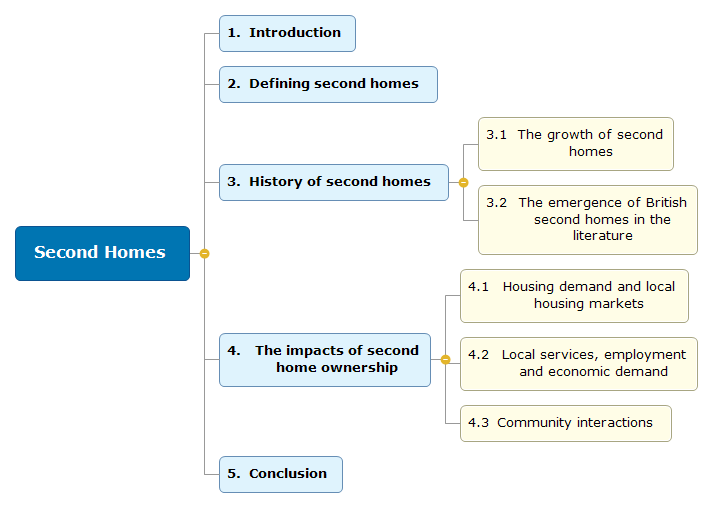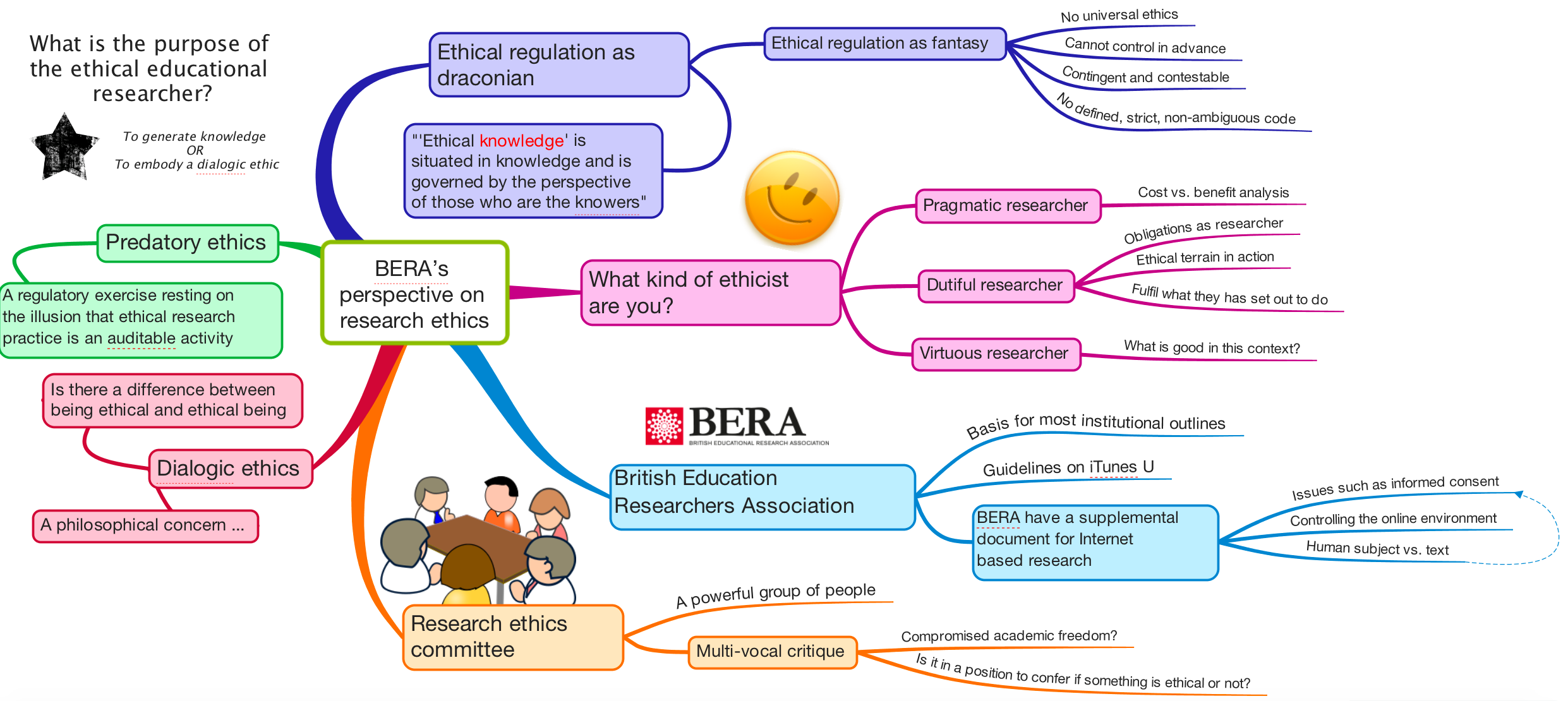The start of a new trimester is a great time to consider new approaches to your studies. This blog post will introduce you to mind mapping: a form of patterned note taking that focuses on the hierarchical relationships between ideas and/or concepts. Studies have shown mind mapping can help facilitate the learning process, helping you develop your understanding, organisation and concentration.
There are lots of ways you can use mind maps at university:

You can either hand draw your maps using pens and paper, or you can use software to help you with this. There are lots of free websites and software for mind mapping. If you are on a University of Hull computer, you will notice the university subscribes to MindView and that it is already installed.
Both hand-drawn and digitally-based maps work well, although both have distinct advantages and disadvantages. Digital maps are easy to edit, change and re-order, making them perfect for note taking and planning. While this can be difficult to achieve with hand-drawn maps, it is easier to make hand-drawn maps colourful and interesting.
How to structure a mind map
In mind maps, the central idea sits in the middle of your sheet, directly connected to the most significant ideas. Detailed information continues to branch out towards the edges of the sheet. In the map above, you can see the central idea of ‘uses of mind maps at university’ is surrounded by four significant ideas (in blue) and further detail (in yellow boxes of annotations).
If you are using your mind map for planning purposes, you can let your mind map spread out as your ideas develop. You can later number these branches, or drag them into order if you are using software for your map.

Guidelines for mind mapping
- Start in the centre of your map with the topic. Ideally, you should use or include an image.
- Use images, symbols, doodles and pictures throughout your mind map.
- All of the ideas/concepts in your map should be connected, starting from the central image.
- Your map should represent a clear hierarchy. Word size and/or line thickness should get smaller as it branches away from the central idea.
- Use multiple colours throughout the mind map. This can be used for grouping ideas and visually dividing branches.
- Use emphasis for important ideas and draw additional arrows to show associations.
Making the map your own
As suggested in the above guidelines, mind maps should be interesting and colourful. They should above all, however, be useful. Whatever approach you take to mind mapping, you need to make sure it is useful for you.
Mindmaps can be simple like the example above, or they can be used for more complicated concept mapping. Here are some examples of mind maps for a variety of uses:



